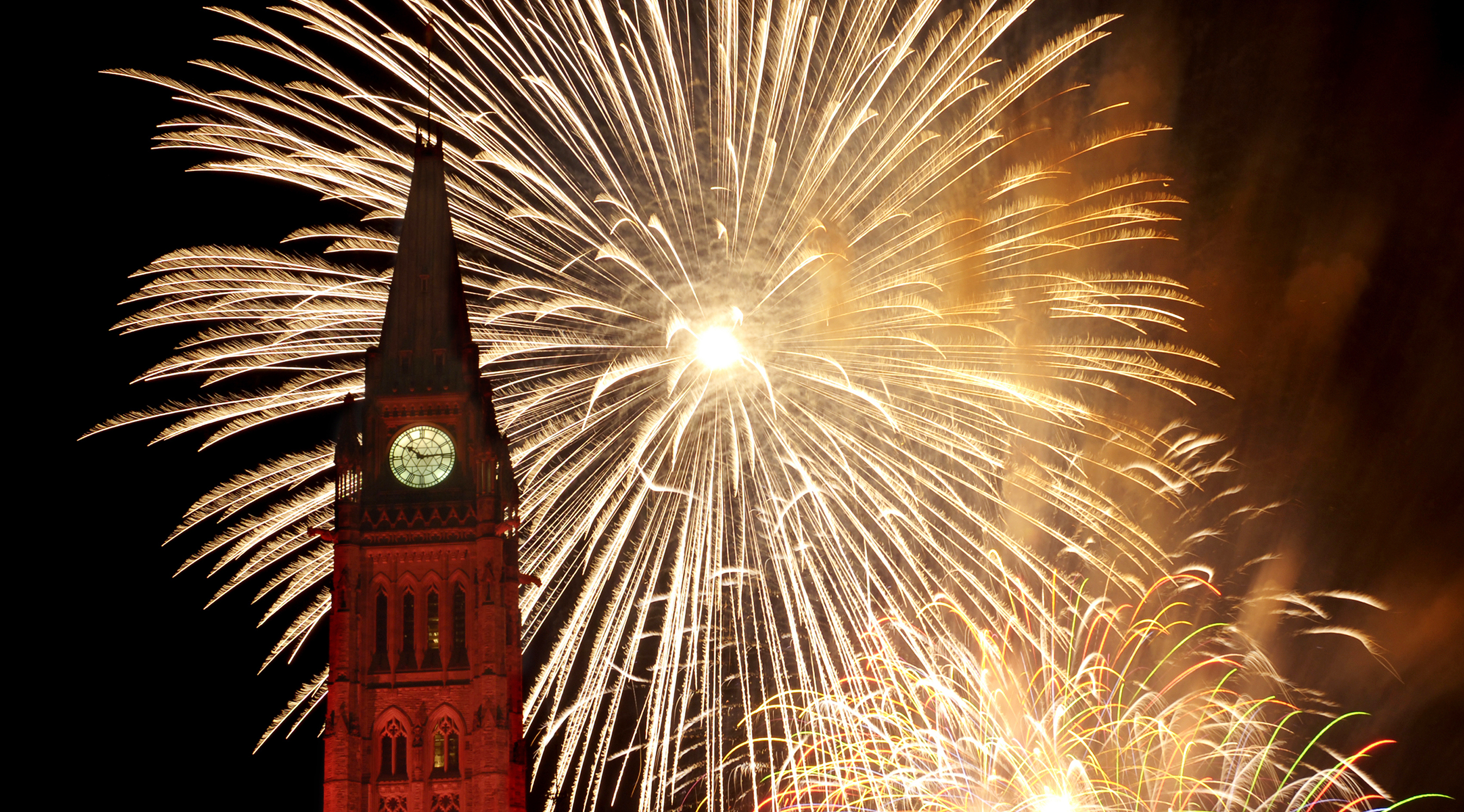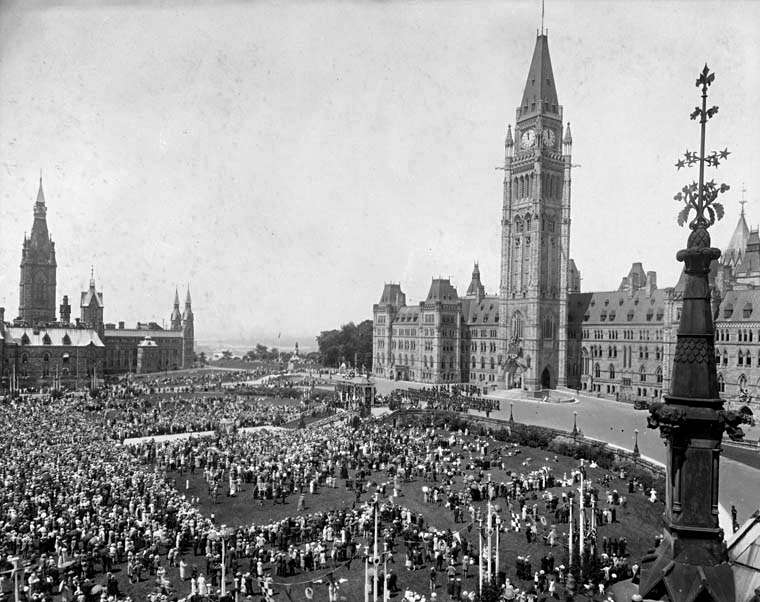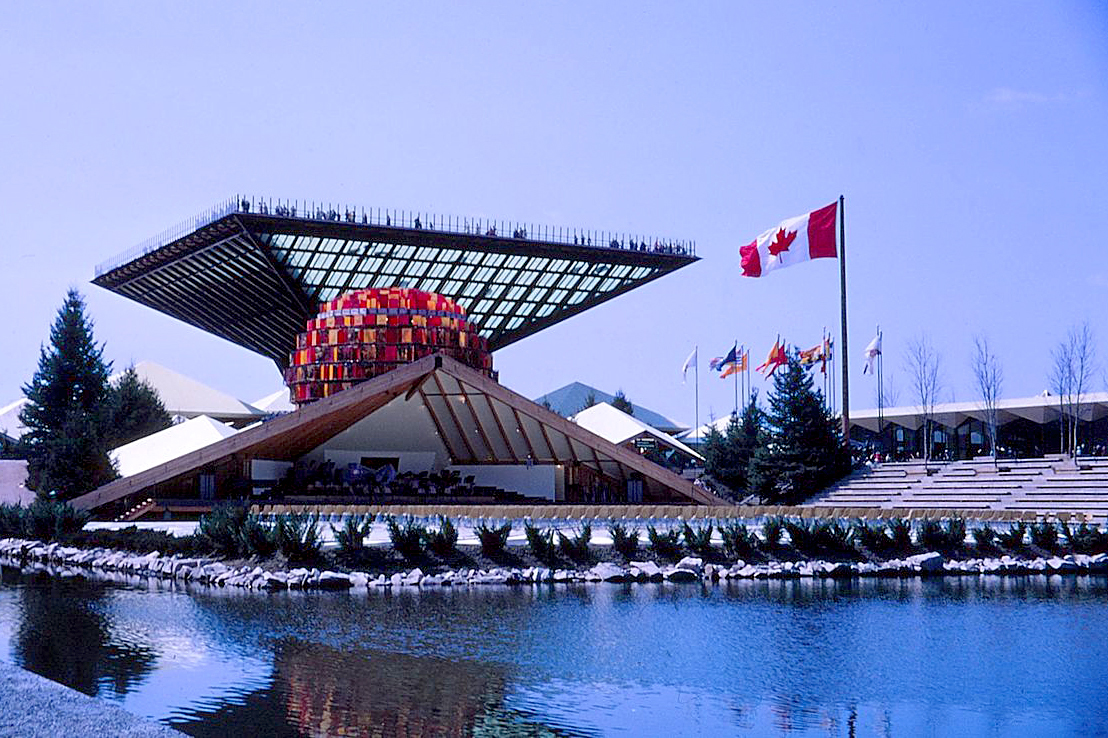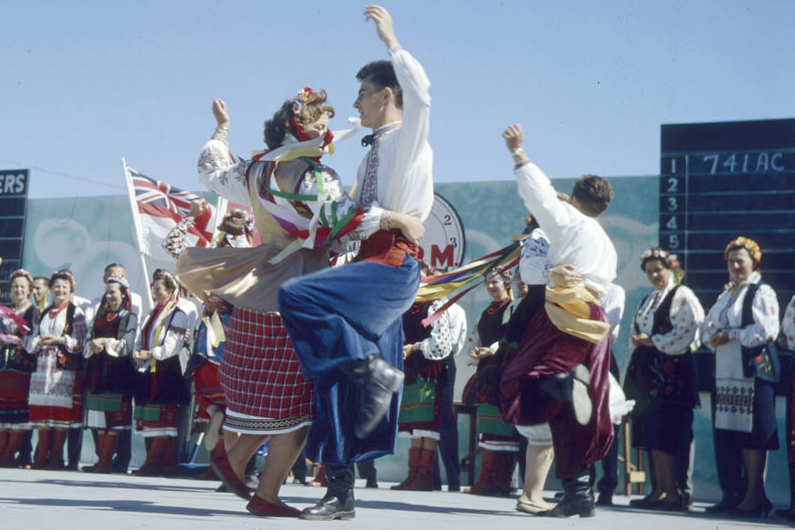Canada Day: 150 years of celebrating the nation’s birthday

Canada Day has not always been the coast-to-coast blowout it is today.
The July 1 holiday — which celebrates our country’s founding in 1867 under the terms of British North America Act — began on a decidedly low-key note.
Dominion Day, as it was known, had been observed at the municipal level with parades and fireworks, but there was no grand celebration in the nation’s capital. It wasn’t even a public holiday until 1879.
All that was supposed to change in 1917. As the country’s 50th birthday approached, there were plans to mark the occasion in grand style with the first federally sponsored Dominion Day gala but the outbreak of the First World War in 1914 meant the country had little to celebrate.
By July 1917, Canadians were war weary. The Allies were about to launch the Battle of Passchendaele where more than 15,600 Canadians would be killed or wounded. It would be another decade before the country was ready to celebrate in earnest.
Canada’s Diamond Jubilee celebrations in 1927, marking the 60th anniversary of Confederation, took on added significance because of the muted 1917 observance. The federal government committed $250,000 — equivalent to $3.5 million today — to stage Canada’s first truly national birthday celebration. Bells rang on Parliament Hill for the very first time as The Viscount Willingdon, the governor general, unveiled the new 53-bell Peace Tower carillon. The sound was heard across the country as part of the country’s first national radio broadcast.
More than 30 years passed before Parliament Hill would host another such gala. In 1958 the federal government committed to sponsoring an annual Dominion Day celebration.
The first few were observed in traditional fashion with speeches, military parades and 21-gun salutes. The groovy 1960s put a more family-friendly stamp on the event and planners introduced multicultural events featuring folk singers, First Nations dancers and francophone chansonniers.
It culminated in 1967 with the biggest party in the nation’s history.
The brainchild of senators Mark Drouin and Sarto Fournier, Expo 67 brought more than 50 million visitors to Montréal to see Buckminster Fuller’s geodesic dome and Katimavik, the giant inverted pyramid that housed the Canada pavilion. In Ottawa, Queen Elizabeth II made a July 1 appearance on Parliament Hill to cut a four-storey birthday cake.
In 1982, a private member’s bill to rename the holiday was passed by the Senate and Dominion Day threw off the last of its colonial vestiges to become Canada Day — a celebration of the distinctive blend of multiculturalism and northern hardiness that defines us as a country.








